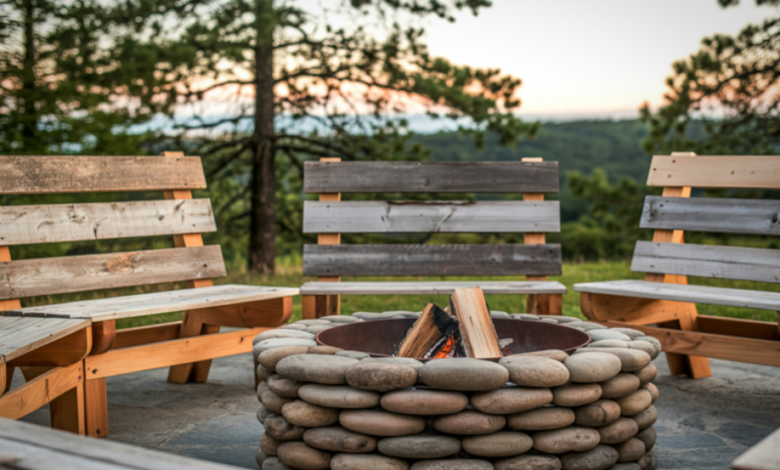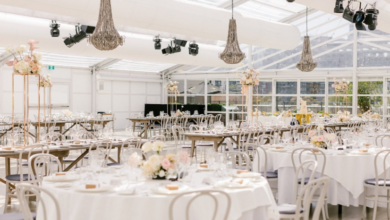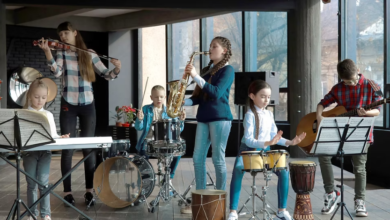Outdoor Fire Pit vs. Fireplace: 5 Things to Consider

Fire features add warmth and ambiance to any landscape, but choosing the right one is key to achieving the desired look and function. Whether you’re considering a fire pit or an outdoor fireplace in Johns Creek, understanding the differences between the two helps ensure your investment enhances both your lifestyle and property value.
From size and structure to heat distribution and aesthetics, here are five important factors to weigh before moving forward with your design plans.
Size and Space Requirements
Fire pits generally require less space and are more flexible in terms of placement. Their low, circular design encourages group seating and open socialization. Fireplaces, on the other hand, are larger vertical structures that need to be anchored into a more defined area. Because they serve as architectural features, fireplaces work best when integrated into patios or hardscape designs where they can create a strong visual focal point.
For smaller yards or open layouts, fire pits may be more adaptable. For more formal or enclosed outdoor living areas, fireplaces provide structure and purpose.
Heat and Wind Management
If heat distribution is a priority, both fire pits and fireplaces serve different roles. Fire pits emit heat in all directions, warming everyone seated around them. However, because they’re open to the elements, wind can easily disrupt the flame.
Fireplaces provide more consistent warmth and better wind protection due to their vertical structure and chimney. This makes them ideal for use in cooler months or breezy areas, offering a more controlled environment for gatherings.
Aesthetic and Functional Appeal
The visual effect of your fire feature should align with the tone of your landscape. Fire pits contribute a casual, communal atmosphere ideal for relaxed settings. Fireplaces, by contrast, deliver a sense of permanence and elegance. They can double as a design anchor, dividing zones in your outdoor living space or framing a seating area.
When designed professionally, fireplaces also offer the option to include built-in seating, mantels, or wall features—making them more than just a heat source.
Cost and Construction
Budget plays a major role in determining which option is right. Fire pits are typically more affordable to install, especially if you’re working with existing patio space. Fireplaces involve more complex construction, foundation support, and materials, which raises the investment level.
Both options can be customized, but fireplaces require more planning and permitting. This makes professional consultation essential to ensure both safety and compliance.
Entertainment and Usage Patterns
Think about how the space will be used. Fire pits encourage movement and face-to-face conversation, ideal for larger, casual groups. Fireplaces are better suited for intimate seating and formal entertainment areas. Lighting, audio systems, and furniture layout should be designed to support your choice.
Details such as wind direction, surrounding structures, and zoning also influence function. For additional design context, incorporating tips on optimizing outdoor entertaining areas can help fine-tune layout, flow, and comfort.
Conclusion
Choosing between a fire pit and an outdoor fireplace depends on your space, lifestyle, and design preferences. Fire pits offer flexibility and social engagement, while fireplaces bring architectural definition and consistent heat. Both can be stunning additions when professionally integrated into your landscape, providing warmth, atmosphere, and long-term value.







